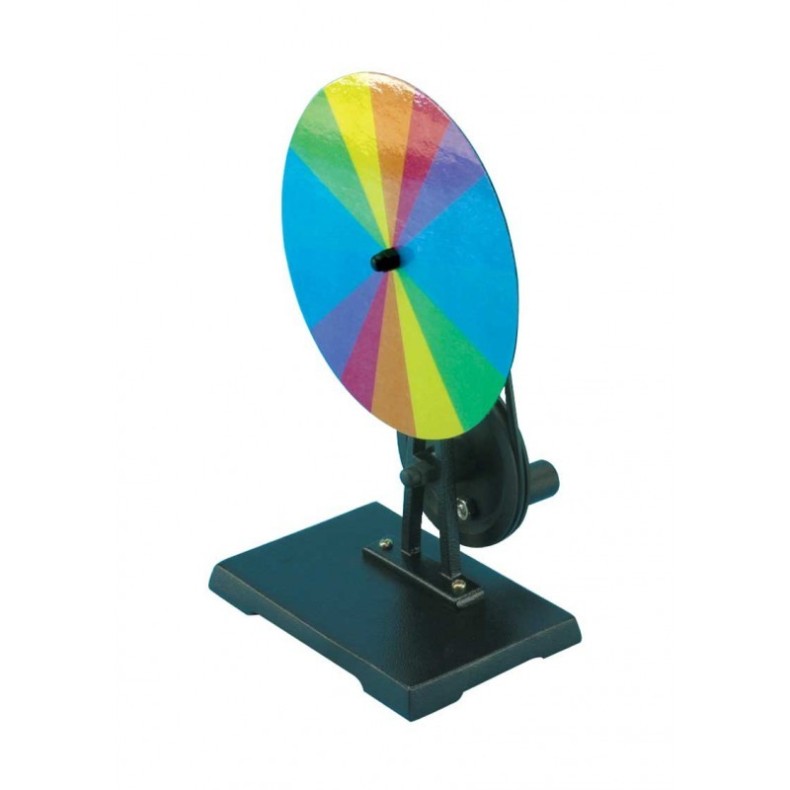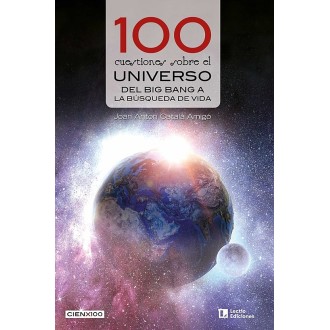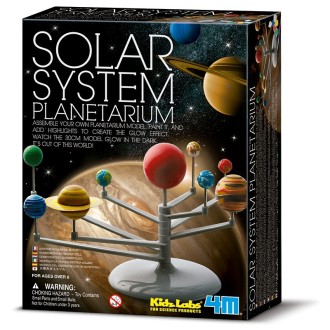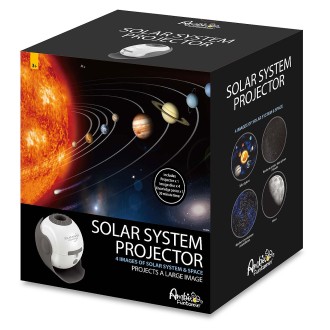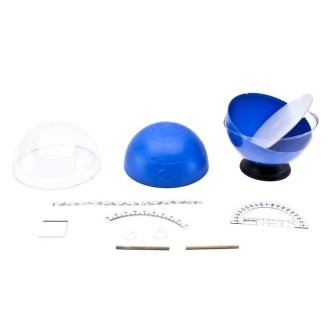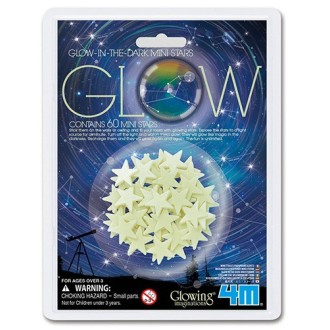Newton's disk OPTIKA SCIENCE. By turning the crank of this device, the disk appears white, due to the principle of light recomposition.
| Carrier | Description | Estimated Delivery | ||
|---|---|---|---|---|
 |
Home delivery - International | Home delivery - International |
Friday, 13 June - Friday, 20 June |
|

Home delivery - International
Home delivery - International
Estimated delivery:
Friday, 13 June - Friday, 20 June
Newton Disc OPTIKA SCIENCE.
Newton's disk is a device attributed to Isaac Newton, consisting of a circle with sectors painted in colors, red, orange, yellow, green, cyan, blue, and violet. When the disk is spun at high speed, the colors are seen to combine to form the color white. With this device it is demonstrated that the color white is formed by the seven colors of the rainbow.
Isaac Newton discovered in 1666 that white light can be divided into its component colors by means of a prism and found that each pure color is characterized by a specific refractability. He passed a beam of sunlight through a hole in a dark room, so that, with the proper inclination, it passed through a glass prism and thus, at the exit of the beam, he obtained the visible spectrum of sunlight, demonstrating that sunlight is composed of an infinite number of single rays with different angles of refraction each. By passing the decomposed beams of sunlight through a second prism, inverted with respect to the first, he again obtained a single beam of monochromatic light. Today we know that light is composed of photons that travel in waves of different lengths, which also change amplitude as they pass through different optical media.
The second part of the experiment, the gathering of the decomposed colors into a single beam of white light, is the reason for Newton's disk, a disk that is divided into a series of sectors with the colors of the spectrum, which when rotated at high speed creates the optical effect of seeing the entire circle in white.
By turning the crank of this device, the disk appears white, by the principle of the recomposition of light.
The diameter of the disk is 17 cm.
Newton's disk OPTIKA SCIENCE.

